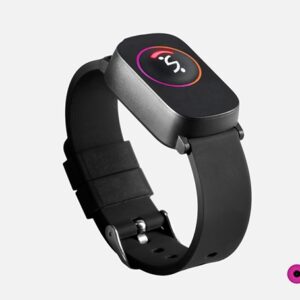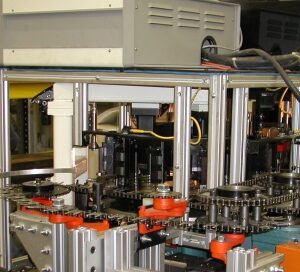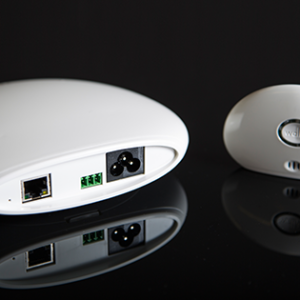The night holds its secrets, concealed by the shroud of darkness. Our natural human vision is a remarkable tool, but when the sun sets, it often leaves us blind to the mysteries of the night. This is where night vision cameras come to the rescue, allowing us to see in conditions where our natural vision would fail. Let’s delve into the world of night vision cameras and how they illuminate the unseen.
The Challenge of Low-Light Conditions
As the sun sets, or in environments with limited light, our vision relies on ambient illumination. In these conditions, we struggle to perceive details, colours, and objects at a distance. This limitation can be a significant hindrance in various scenarios, from surveillance and wildlife observation to military operations and rescue missions.
How Night Vision Cameras Work
Night vision cameras work on a simple yet remarkable principle: capturing light that is beyond the range of human vision. They use various technologies to achieve this, including:
- Infrared Illumination: Many night vision cameras emit infrared (IR) light, which is invisible to the human eye. These cameras have sensors that can detect IR light and convert it into visible images.
- Image Intensification: Image intensifiers amplify the available ambient light, making it possible to see even in extremely low-light conditions. This technology is commonly used in night vision goggles.
- Thermal Imaging: Thermal cameras detect the heat emitted by objects, creating a heat map. This allows users to see temperature variations and objects even in complete darkness.
Applications of Night Vision Cameras
- Security and Surveillance: Night vision cameras are widely used for surveillance purposes. They enable security personnel to monitor areas in complete darkness, ensuring safety and security.
- Wildlife Observation: Researchers and wildlife enthusiasts use night vision cameras to observe nocturnal animals without disturbing their natural behaviour.
- Military and Law Enforcement: Night vision technology is crucial for military and law enforcement agencies, providing an advantage in nighttime operations.
- Search and Rescue: Night vision cameras aid search and rescue teams in locating individuals in low-light or nighttime emergencies.
- Outdoor Activities: Campers, hikers, and hunters use night vision cameras to navigate and observe wildlife during nighttime adventures.
The Advantages of Night Vision Cameras
- Enhanced Safety: Night vision cameras enhance safety in various scenarios, allowing individuals to navigate and make informed decisions in the dark.
- Improved Surveillance: For security purposes, night vision cameras provide 24/7 monitoring capabilities, ensuring that no activity goes unnoticed.
- Scientific Research: Night vision cameras are invaluable tools in scientific research, enabling observations of nocturnal creatures and natural phenomena.
- Operational Efficiency: Military and law enforcement agencies benefit from increased operational efficiency during nighttime missions.





